The views expressed in our content reflect individual perspectives and do not represent the authoritative views of the Baha'i Faith.
The year 1848 has long been known as “The Year of Revolution” in Europe.
King Louis Philippe was forced to abdicate the French throne and, disguised as a tradesman, flee the country. While a republic was declared in France, Hungary declared its independence from Austria. Meanwhile, in Vienna, as revolutionaries marched on the royal palace, King Ferdinand abdicated his throne and fled Austria. Rebels in Italy, following the lead of Hungary and Austria, drove out Italian viceroys and rulers and sent the pope packing. In the dead of night and in the disguise of a humble priest, Pope Pius IX fled Rome. Meantime, in England, 100,000 members of the Chartist movement assembled to march on Parliament. Sweden, Ireland, and Denmark also experienced 1848 revolts.
A more peaceful but no less radical and transformative uprising occurred in a village in upstate New York that same year. This movement was unique, in that its 300 participants were almost exclusively women—save for Frederick Douglass, the abolitionist and former slave.
The Seneca Falls Convention of 1848 is considered to be the first women’s rights conference ever held. However, announcements for the gathering appeared in newspapers on July 14th, the very day after another conference, declaring the emancipation of women, had just concluded. Unfortunately, a Eurocentric world has long overlooked what occurred in the Persian village of Badasht, a place name which one day may be as familiar as that of Bethlehem.
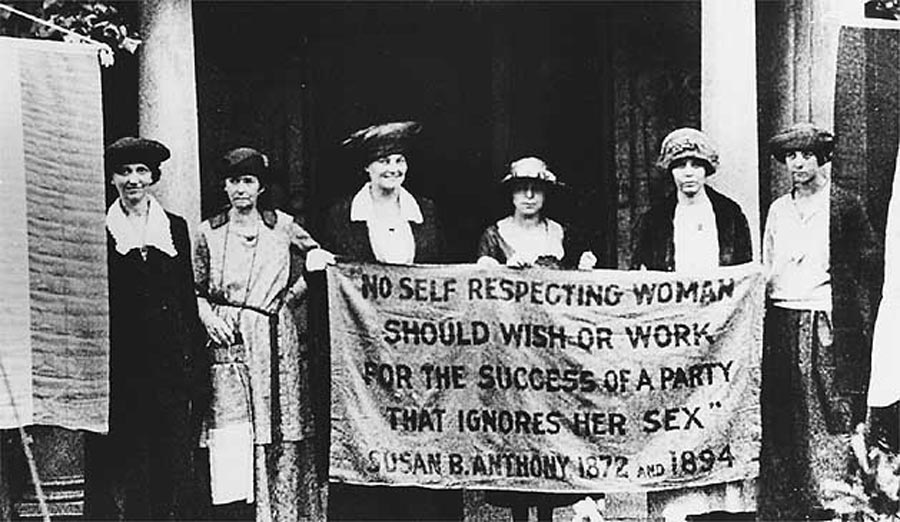
However, this year worldwide acknowledgement of that momentous event may finally occur. In 2017, joyous ceremonies in every nation on Earth have celebrated the 200th anniversary of the birth of Baha’u’llah, one of the two personages who convened that world-influencing conference.
In point of fact, two momentous events occurred in Persia in July of 1848, which may very well have been the prime cause in the revolutionary repercussions felt throughout the rest of the world that year.
Since that very decade, power has increasingly been stripped from both kings and clerics, and fallen into the hands of the people.
Coincidentally, during the 1840’s, millennial fever swept both the Judeo-Christian and Muslim worlds. While Jewish rabbis and scholars such as Judah Alkalai and A.H. Silver regarded 1840 as the period of the time of the Messiah; and “Adventists” such as William Miller pointed to 1844 as the biblically-indicated date for Christ’s return; and German Templars moved to Palestine and built homes at the foot of Mt Carmel to be on hand for that Second Coming, Muslims pointed to the year 1260 A.H. (1844 A.D.) as when the Qa’im (or, Mahdí)—the Promised One of Islam—would appear as spiritual sovereign.
Notwithstanding these expectations and prophecies regarding the 1840’s, and the revolutionary social changes initiated during that decade, most Jews still await their Messiah, as most Christians still anticipate the return of Christ, and most Muslims, their Qa’im. Were the expectations and prophecies, therefore, incorrect? Were these worldwide social changes of the 1840’s merely a coincidence? In his book, Thief in the Night: The Case of the Missing Millennium, author William Sears addressed this conundrum:
If an overwhelming abundance of evidence points to only one possible conclusion, and that conclusion proves to be false, it is never wise to cast aside all the evidence as being wrong. It is always wiser to assume that perhaps the evidence is correct, and that another and entirely different interpretation of the facts, or a completely different conclusion might be drawn from this same evidence. – p. 30.
The Baha’is celebrating the birth of Baha’u’llah this year offer an alternative conclusion.
Biblical prophecy specifies that “twin witnesses” (Revelation 11:3) will be necessary to inaugurate the long-awaited Promised Day, while the Qur’an prophesizes that “two trumpet blasts” (39:68) will announce that day of renewal. In July of 1848, a tribunal was convened in Persia—the land now known as Iran—as an inquisition of a popular holy man, perceived as a heretic, known as the Bab (the “Gate”). However, the Bab used the opportunity of that public tribunal, convened by court and clergy to stifle him, to proclaim from the largest platform in Persia that he was the Promised One awaited, not only by all of Islam, but by all religions and by all of humanity.
Concurrently, separated in space but united in purpose with the Bab, Baha’u’llah served as the prime mover of that historic Conference of Badasht, where the emancipation of women was first proclaimed by the Babi poet and heroine Tahirih.
Might that Persian prisoner and Persian nobleman be those twin bearers of a new divine message for humankind? That is precisely what the Baha’is throughout the world are celebrating during this bicentennial year of Baha’u’llah’s birth. But since their faith’s first principle is the independent investigation of truth, they wouldn’t want us to take their word for it. After all, religion can no more be an accident of birth than a matter of blind faith. Instead, they would want us to go to the source:
Verily I say, this is the Day in which mankind can behold the Face, and hear the Voice, of the Promised One. The Call of God hath been raised, and the light of His countenance hath been lifted up upon men. It behooveth every man to blot out the trace of every idle word from the tablet of his heart, and to gaze, with an open and unbiased mind, on the signs of His Revelation, the proofs of His Mission, and the tokens of His glory. Great indeed is this Day! The allusions made to it in all the sacred Scriptures as the Day of God attest its greatness. The soul of every Prophet of God, of every Divine Messenger, hath thirsted for this wondrous Day. All the divers kindreds of the earth have, likewise, yearned to attain it … God grant that the light of unity may envelop the whole earth. – Baha’u’llah, Gleanings from the Writings of Baha’u’llah, pp. 10-11.
This essay has been adapted from the author’s One Voice Press publication, Twin Witnesses.
You May Also Like
Comments



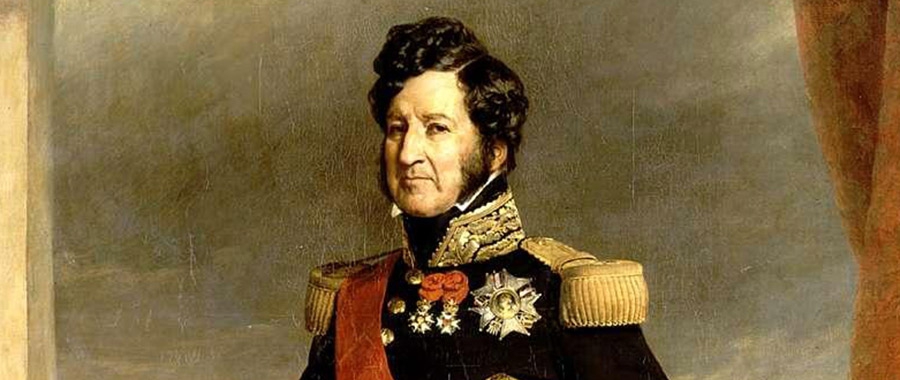

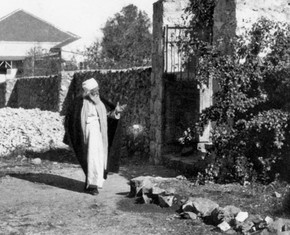
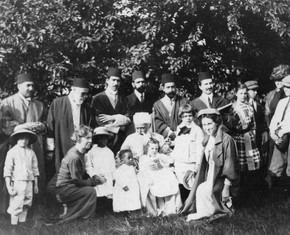
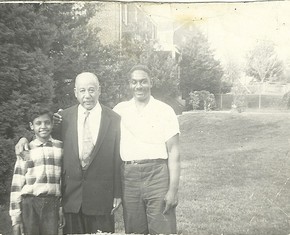




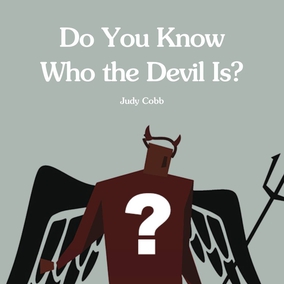




Kindest wishes ...for continued success.